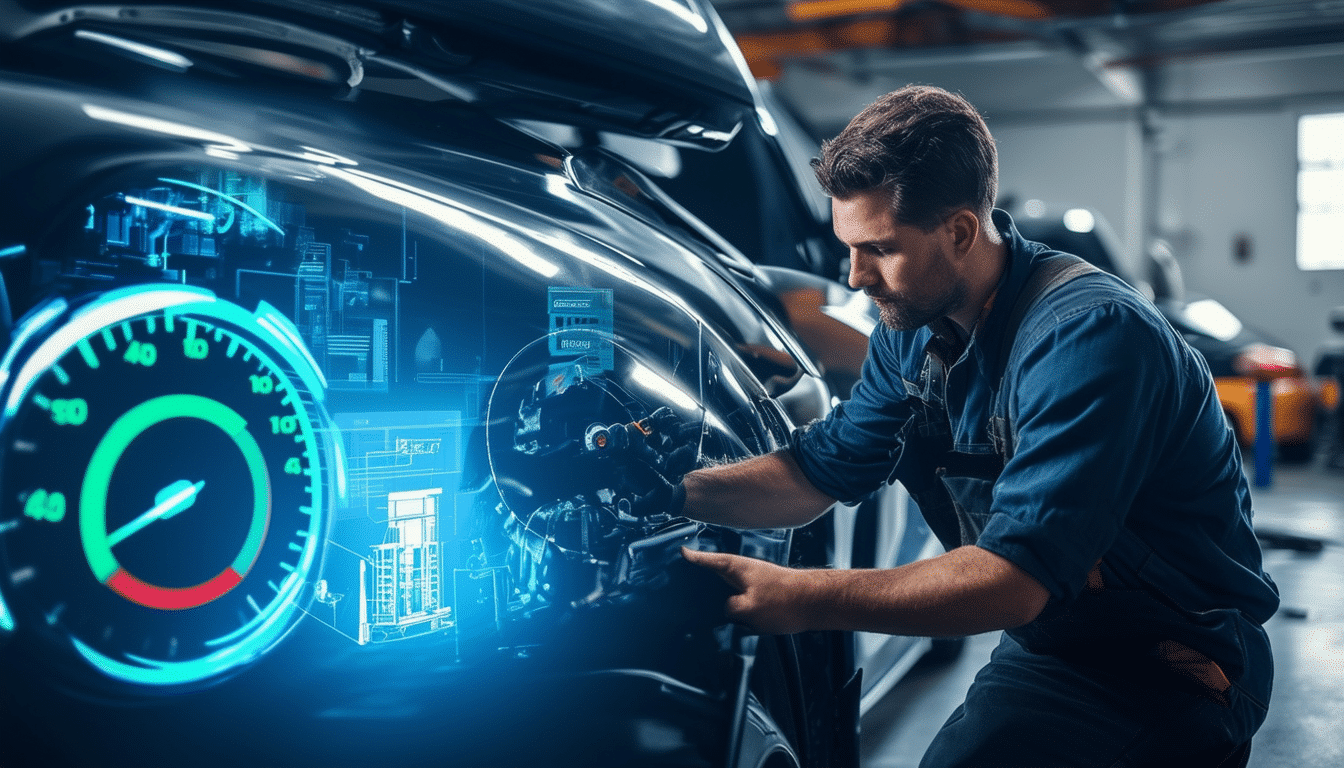The relationship between fuel consumption and transmission maintenance

The relationship between fuel consumption and transmission maintenance is a fundamental aspect in ensuring the efficiency of a vehicle. A transmission system in optimal condition contributes to better engine performance, which translates into reduced fuel expenses. On the other hand, neglecting this system can lead to increased consumption, affecting not only the vehicle’s performance but also the wallets of drivers. Understanding this connection is key to maximizing efficiency and prolonging the lifespan of the car.
The proper maintenance of a vehicle’s transmission is essential not only for its overall performance but also for optimizing fuel consumption. Many drivers often underestimate the importance of this aspect, believing that transmissions only affect driving and vehicle power. However, a transmission system in poor condition can lead to a significant increase in fuel consumption, resulting in additional costs and a negative impact on the environment.
Impact of Transmission on Fuel Performance
The transmission is the link between the engine and the wheels, and its proper functioning is crucial for maintaining efficient driving. In vehicles with automatic transmissions, a malfunction can cause the engine to work harder than necessary, which in turn increases fuel consumption. On the other hand, manual transmissions allow greater control over gear ratios, which can result in better fuel performance when handled properly.
Automatic Transmissions vs. Manual Transmissions
In the debate over which type of transmission is more efficient in terms of fuel consumption, manual transmissions are often considered superior due to their direct control over engine power. However, this does not mean that automatics cannot be efficient. Modern automatic transmissions are designed to optimize fuel consumption, but they require regular maintenance to ensure they operate at maximum capacity. A clogged transmission filter or dirty transmission fluid can cause high fuel consumption even in vehicles equipped with advanced technology.
Factors Related to Maintenance
There are several factors in transmission maintenance that can influence fuel consumption. For example, the condition of the transmission fluids is fundamental; old or contaminated fluid can affect lubrication and overall performance. Additionally, the alignment and calibration of transmission components are essential to prevent the engine from working under inefficient conditions.
Tips for Effective Transmission Maintenance
Performing regular maintenance on the transmission can help improve fuel consumption efficiency. This includes changing transmission oil according to manufacturer recommendations, as well as periodic inspections to ensure there are no leaks or damage to components. Additionally, attention should be paid to the transmission’s response during driving; any irregular behavior may be a sign that it requires attention.
The Link Between Driving Style and Transmission Maintenance
Driving style also plays a key role in fuel consumption. An aggressive style that involves hard accelerations and sudden braking can damage the transmission and increase fuel consumption. Learning to drive more smoothly will not only prolong the life of the transmission but also help maintain fuel efficiency.
The Importance of Driver Education
It is crucial for drivers to understand how transmission maintenance and their driving style are interrelated with fuel consumption. Education on efficient driving and care for the transmission should be a priority for all motorists, as it not only benefits the vehicle but also the environment and personal budget.
In summary, the maintenance of a vehicle’s transmission has a direct impact on its fuel consumption. Keeping the transmission in good condition, performing regular services, and adopting a fuel-efficient driving style are practices that can significantly contribute to optimizing consumption and reducing operating costs. For more tips on how to improve your vehicle’s performance, you can consult articles like Hypermiling: Effective Strategies to Optimize Fuel Consumption and Don’t Make These Mistakes When Buying a Used Car.
The proper maintenance of the transmission of a vehicle has a direct impact on its fuel consumption. When the transmission components do not operate optimally, additional resistance can be generated, forcing the engine to work harder, which leads to an increase in fuel use. This is especially true in vehicles with automatic transmissions, which can be less efficient if not properly maintained.
Additionally, poor maintenance can lead to the use of inadequate fluids or incorrect levels. This affects the lubrication of the internal parts of the transmission, causing irregular wear and increasing friction, which can translate into higher energy consumption. Therefore, it is essential to perform periodic inspections and ensure that the transmission system is in perfect condition to optimize fuel efficiency.
On the other hand, driving habits also play a crucial role in this dynamic. Aggressive driving, with abrupt shifts and sudden accelerations, raises the demands on the transmission, causing it to work harder than necessary. Therefore, the combination of good maintenance and appropriate driving style not only helps preserve the transmission but also promotes a more reasonable fuel consumption.
In summary, keeping the transmission in optimal condition is essential not only to ensure the longevity of the vehicle but also to reduce fuel expenses. Good maintenance translates into a more efficient car, which in turn benefits both the consumer in terms of costs and the environment by reducing pollutant emissions.





